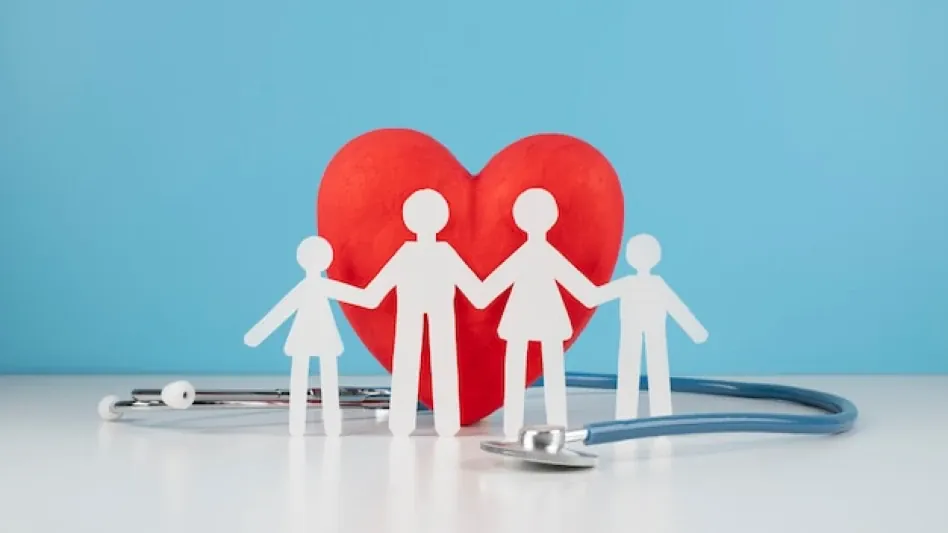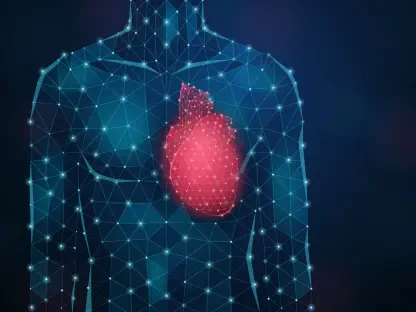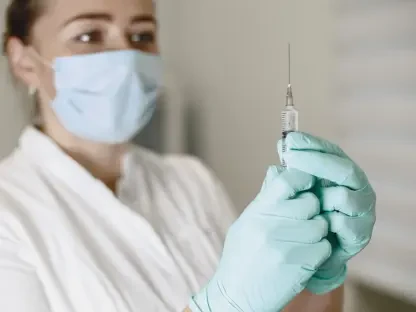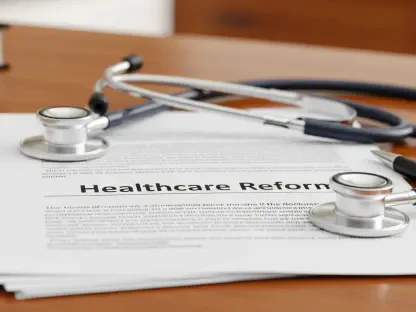Faisal Zain is a healthcare expert specializing in medical technology. He has extensive experience in the manufacturing of medical devices used for diagnostics and treatment, driving innovation in the field. David Wainson engages him in a discussion about the recent closure of the CDC’s STD lab and its implications.
Can you describe the role and importance of the CDC’s STD lab prior to its closure?
The CDC’s STD lab played a crucial role in the fight against sexually transmitted diseases, particularly drug-resistant strains of infections like gonorrhea. It functioned as a national and international reference point, conducting surveillance for both infection rates and drug-resistance patterns. The expertise and data from the lab informed treatment guidelines, helping clinicians provide the most effective care. Essentially, it was a linchpin in both monitoring and combating STDs, helping to ensure that we understood the evolving nature of these infections and could respond appropriately.
How does the closure of the CDC’s STD lab impact the monitoring of drug-resistant gonorrhea in the United States?
The closure significantly hampers our ability to track and respond to drug-resistant gonorrhea. Without the lab’s surveillance capabilities, we essentially become “blind” to emerging resistance patterns. This means that public health officials and clinicians might not be aware of new drug-resistant strains until it’s too late, making it more difficult to prevent outbreaks and to treat infected individuals effectively.
Why was the CDC’s STD lab seen as critical in the global effort to address drug-resistant STDs?
On a global scale, the CDC’s STD lab was one of three international reference laboratories working with the WHO to monitor and combat drug-resistant STDs. It served as a repository of crucial data and biological samples that were utilized by scientists and public health professionals around the world. The expertise and insights from this lab were instrumental in informing international treatment guidelines and strategies, making it a cornerstone of the global effort against STDs.
What specific functions did the CDC’s STD lab serve?
The lab was integral in several key areas. Primarily, it contributed to updating treatment guidelines based on the latest resistance data, ensuring that patients received the most effective therapies available. It monitored resistance patterns, providing critical information that guided public health responses. Additionally, the lab was involved in developing better diagnostic tests for STDs, which are essential for accurate and timely diagnosis and treatment.
Can you explain the significance of the lab’s repository of gonorrhea isolates?
The repository of gonorrhea isolates, which contains over 50,000 samples dating back to 1988, is an invaluable resource for scientific research. These isolates allow researchers to study the genetic evolution of the bacteria over time, track mutation patterns, and understand how resistance develops. This information is crucial for developing new treatments and diagnostic tools. The potential loss or inaccessibility of this repository would be a significant blow to ongoing and future research efforts.
How will the closure of the lab affect clinicians dealing with drug-resistant STIs?
Clinicians will find it much more challenging to manage cases of drug-resistant STIs without the lab’s support. The lab provided essential diagnostic services and treatment recommendations, especially for complex or resistant infections. For instance, there was a case where a woman suffered from trichomoniasis that was unresponsive to standard treatments. The CDC lab’s intervention and analysis led to successful treatment. Without such resources, similar cases may remain unresolved, leading to prolonged patient suffering and potential public health risks.
Why do experts believe the closure of the lab was a mistake?
Experts view the closure as a grave error due to the essential role the lab played in tracking and combating drug-resistant STDs. The decision appeared arbitrary and poorly considered, cutting off a critical component of the nation’s public health infrastructure. Jeffrey Klausner, an infectious disease specialist, emphasized the importance of the lab, likening the decision to a “blind man with a chainsaw” arbitrarily cutting through essential services.
Have there been any explanations provided by the Department of Health and Human Services for the closure of the STD lab?
Unfortunately, the Department of Health and Human Services hasn’t provided a clear explanation for the lab’s closure. Their statements have been vague and unrelated to the specific issue, focusing instead on broader organizational changes. This lack of transparency has only added to the frustration and concern among public health experts and clinicians.
What are the broader implications of the lab’s closure for public health in the United States?
The closure has broad and troubling implications for public health. It weakens national surveillance for STDs, compromising our ability to monitor and respond to emerging threats. This is particularly dangerous at a time when drug-resistant gonorrhea is on the rise globally. The absence of the lab’s expertise and resources could lead to increased transmission rates, more difficult-to-treat infections, and potentially, a public health crisis.
How might the closure of the lab affect ongoing research and development of new drugs for gonorrhea?
The closure could significantly impede the research and development of new drugs for gonorrhea. The lab provided essential data and biological samples that were used to study the bacteria and test new treatments. Without it, researchers lose a vital resource, making it harder to track how the bacteria are evolving and to develop effective new drugs. This gap could slow progress in combating one of the most challenging and rapidly adapting pathogens.
What are the potential risks associated with the new approach of using doxycycline for post-exposure prophylaxis in preventing STIs?
Using doxycycline for post-exposure prophylaxis has shown promise but comes with risks, primarily the potential for fostering antibiotic resistance. Implementing this approach without a robust system to monitor resistance trends is dangerous. The absence of the CDC’s lab means we won’t have the necessary oversight to ensure that resistance isn’t developing and spreading as a result of this strategy.
How can the private sector or other organizations fill the gap left by the closure of the CDC’s STD lab?
While the private sector could attempt to fill this gap, there are significant challenges. There is little commercial interest or financial incentive in this area, making it unlikely that private entities will fully take over the lab’s functions. Public health initiatives often rely on government support because they do not generate profit, focusing instead on community well-being and long-term health outcomes.
What steps can be taken to mitigate the impact of the lab’s closure on national efforts to monitor and address drug-resistant STDs?
To mitigate the impact, it’s crucial to increase funding and support for other public health laboratories and agencies that can partially take over the lab’s functions. Collaboration with international partners and leveraging existing resources will be essential. Additionally, advocating for the re-establishment of the lab or a similar entity is key to restoring this critical component of our public health infrastructure.
Do you have any advice for our readers?
Stay informed and engaged on public health issues. Understanding the impact of such decisions helps in advocating for necessary changes. Support public health initiatives and be vocal about the importance of maintaining strong public health infrastructures. Your awareness and advocacy can drive change and help prevent similar decisions that could jeopardize public health in the future.









